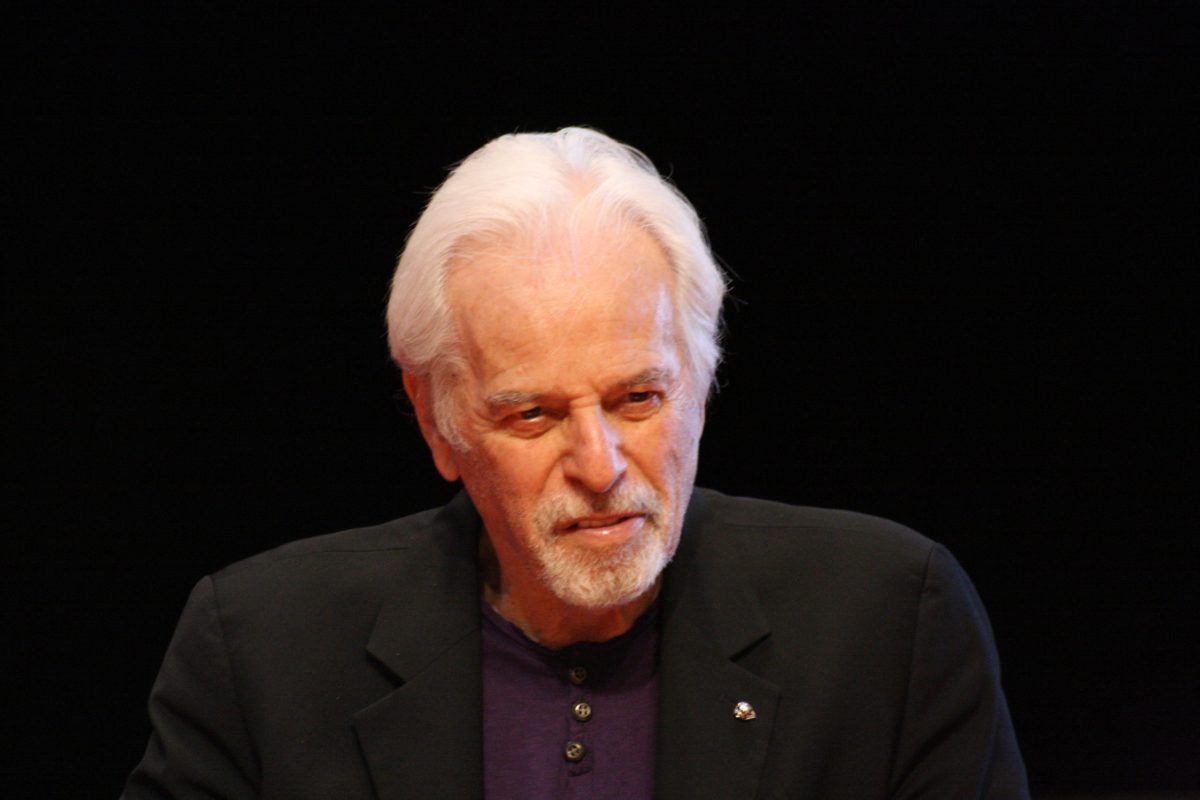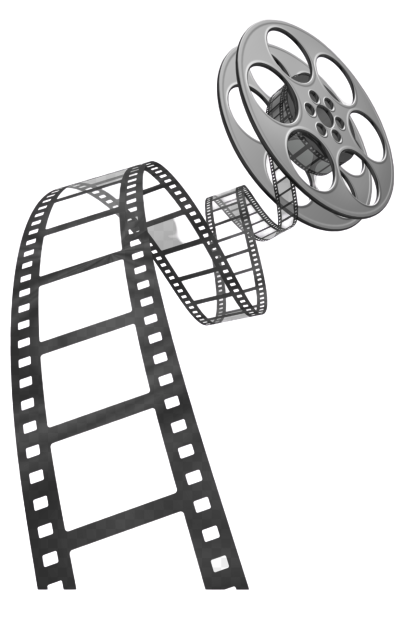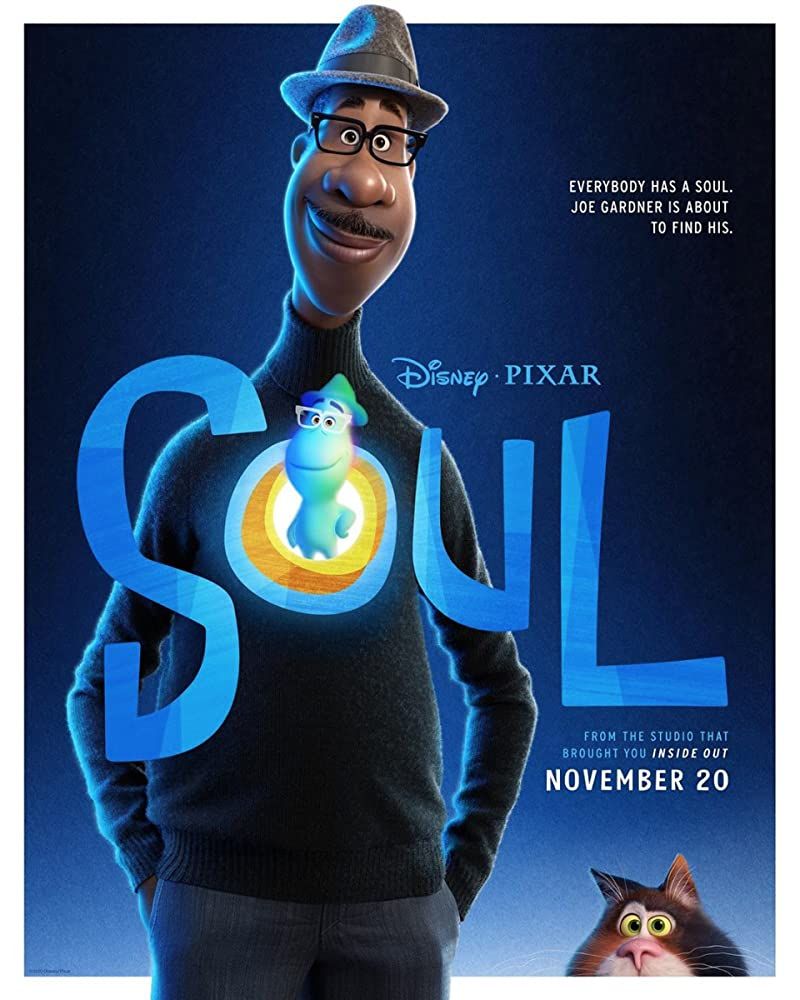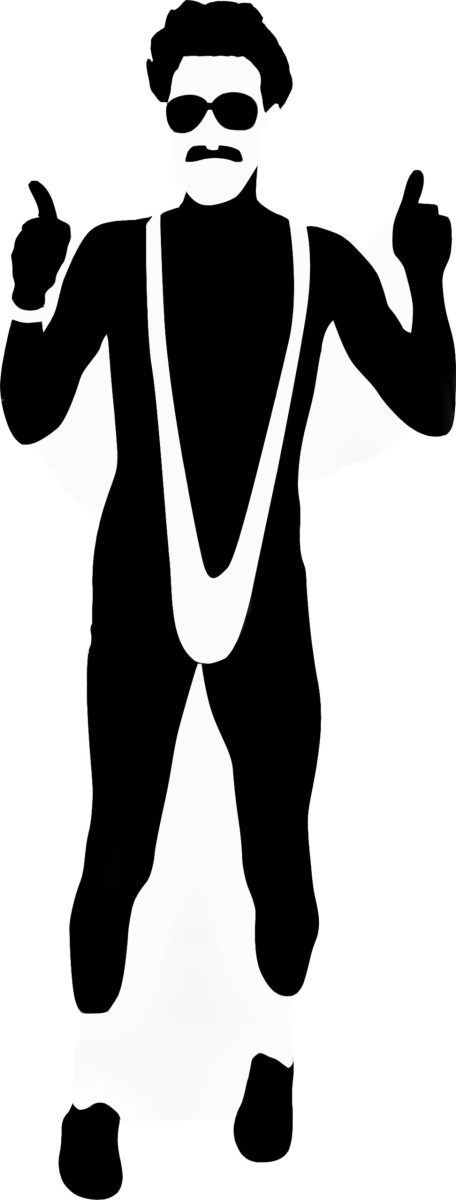Today, everyone knows the names of George Lucas, Steven Spielberg and Martin Scorsese as filmmakers who forever changed to the industry; however, very few people are aware of the director, Alejandro Jodorowsky, who pioneered the surreal genre… People who are aware of Jodorowsky are mostly only familiar with his involvement with the “Dune” franchise. However, there’s an entire life of fascinating work he’s done.
Alejandro Jodorowsky was born in 1929 in Chile to Ukrainian-Jewish immigrants. Since childhood, he had a strong background in the circus and the arts, often immersing himself in poetry to escape the hardships he faced. Jodorowsky dropped out of college to start his own theatre troupe. He soon moved to Paris to become a mime, and while there, he began to learn about filmmaking. The debut film for Jodorowsky was the 1957 short film “La Cravate”, a mime adaptation of the novel “The Transposed Heads,” that he directed and starred in. Looking at “La Cravate,” one can see the genesis of Jodorowsky’s trademark surrealist style with exaggerated movements, striking colors, and abstract set design.
Throughout the 1960s Jodorowsky commuted between Mexico and France as he developed his own plays. In 1962, he co-founded the “Panic Movement” along with Fernando Arrabal and Roland Topor, which was a collective of artists who created shocking and chaotic surrealist performance art in response to the growing popularity of surrealism. Theater events from this group would be deliberately offensive, containing graphic nudity, violence and religious symbols. In the words of Arrabal: “The panic is the critique of pure reason, it is the gang without laws and with no control.”
In 1968, his first full length movie, “Fando y Lis,” was released. The movie was a low budget Mexican film shot in black and white. In a barren dystopian world, two characters are on a journey to find the mythical city of Tar. Jodorowsky directed the picture and co-wrote the script with Ferando Arrabal. Together they incorporated many of the ideas and types of imagery they pioneered with the “Panic Movement.” The resulting movie had many of Jodorowsky’s soon-to-be signature motifs, but lacked the refinement of his later work. When the film premiered at Acapulco Film Festival, full scale riots broke out against the offensive subject matter and imagery, and the movie was subsequently banned from Mexico.
At the time Jodorowsky was growing in popularity and controversy, but he would finally reach success with his next movie. Before making “Fando y Lis,” Jodorowsky started to study Zen Buddhism, and would incorporate those teachings in his next project. In 1970, the surreal western “El Topo” was released. Jodorowsky wrote, directed and scored “El Topo” as well as starred in it as the titular character. The movie is commonly known as an ‘acid western’ because through its use of surreal imagery and story elements, it creates an experience similar to what one would see under the influence of LSD. Jodorowsky also started incorporating satire into his movies, as the film critiques religion and society. Notably, “El Topo” was John Lennon’s favorite film, and its success was due in part to The Beatles and Abkco Films promoting and distributing it. Because of its shocking subject matter, the film would only be played at midnight screenings. As result, “El Topo” became the first “Midnight Movie” and birthed an entire genre of film that ran throughout the 1970s.The movie showed that there could be a place for explicit subject matter, such as nudity, violence and sex, in theaters.
Since “El Topo” was a success, Abkco films gave Jodorowsky a budget of one million dollars to make his next film. In 1973, Jodorowsky would direct and release a true surrealist masterpiece called “The Holy Mountain.” Like its predecessor, “The Holy Mountain” tries to create an experience similar to taking LSD; however, more than that “The Holy Mountain” is meant to almost evoke a spiritual experience while watching. By this point Jodorowsky had perfected his craft, and as a result this movie has stunning cinematography, sets and music. The experience of watching it is mesmerizing, as it begins as abstract and metaphorical as possible and slowly throughout the runtime the movie becomes more comprehensible. In the movie, an Alchemist unites a Christ-like figure with seven powerful businessmen and leaders to climb a ‘Holy Mountain’ to discover the secret of immortality. However, the film is not plot-driven and focuses more about the experience. “The Holy Mountain” is also highly satirical, showing both hilarious and spot on criticisms of society, politics and religion. With all the distorted uses of religious iconography one may think this movie is anti-religion; however, that is not the case as Jodorowsky himself is very spiritual. The film critiques how people with their own agendas can corrupt religion and uses the image of Jesus as a metaphor for this critique. While “The Holy Mountain” was popular in Europe, it was virtually unseen in America as Jodorowsky had a falling out with his producer Allen Klein, and Klein refused to distribute the film.
In 1975, Jodorowsky would go on to attempt to make his magnum opus, an adaptation of Frank Herbert’s science fiction novel “Dune.” Jodorowsky was attracted to the novel for being one of the very first science fiction stories to present a fully flushed out universe with complex themes about religion, morality, and politics. However, Jodorowsky wanted to use “Dune” to create something even greater. In his own words he wanted “to change the young minds of all the world,” or rather he wanted to create an experience that would expand the thoughts and creativity of the people who would see it. The cast included notable stars such as legendary actor Orson Wells, along with Salvador Dali and Mick Jagger. The artwork was provided by two of the most influential artists of the 20th century, Moebius and H. R. Giger. Jodorowsky wanted a melting pot of creativity.
Unfortunately, Jodorowsky’s adaptation of Dune was never finished. Shortly before filming was supposed to begin the production stopped due to not being able to secure a full budget. Afterwards many ideas from Jodorowsky’s script, along with the production team he assembled would go on to create some of the most famous science fiction movies of all time, including “Alien,” “Terminator” and “The Fifth Element.” “Dune” is often referred to as the greatest film never made, since if it were completed it would have utterly changed the film industry. It would have been a big budget science fiction epic before “Star Wars.” The excellent 2013 documentary “Jodorowsky’s Dune” gives a full picture of what the movie would have been like and what went on in production.
After failing to complete his vision for “Dune,” Jodorowsky’s career hit a low point. His next movie was 1980’s “Tusk” which by Jodorowsky’s own admission was a disaster. It was one of the few ‘director for hire’ jobs he took. Afterwards, he spent much of the decade pursuing other endeavors, including his own comic “The Incal.” However, in 1989 Jodorowsky had a return to form with his avant-garde horror film “Santa Sangre.” What makes this entry distinct is Jodorowsky’s style with a horror aesthetic, making it the most disturbing of his films. The setting includes a circus and metal asylum and he uses it to full effect. The following year, in 1990, he would do one more ‘director for hire’ job with “The Rainbow Thief.”
Despite his age, Jodorowsky has continued to make films to this day. In 2013, he directed “A Dance with Reality,” which he followed up with “Endless Poetry” in 2016. These two films are meant to be an autobiography of his life filmed in his abstract style. They are very intimate personal films for him, and one can see that when they are watched. He even casted his son, Brontis Jodorowsky, as his father in “A Dance with Reality.” This wasn’t the first time Jodorowsky casted his family, as El Topo’s son in “El Topo” was also played by a very young Brontis. The most recent film Jodorowsky made was a 2019 documentary about his own spiritual healing method called “Psychomagic, A Healing Art.”
Even at 91 years old, Alejandro Jodorowsky never plans stop making art. According to him, someone only dies when they stop creating. He is a true filmmaker whose unseen touch has rippled throughout the industry. Without him, the avant-garde era of 1970s filmmaking would look very different and many of the biggest science fiction movies would have never been made.
































